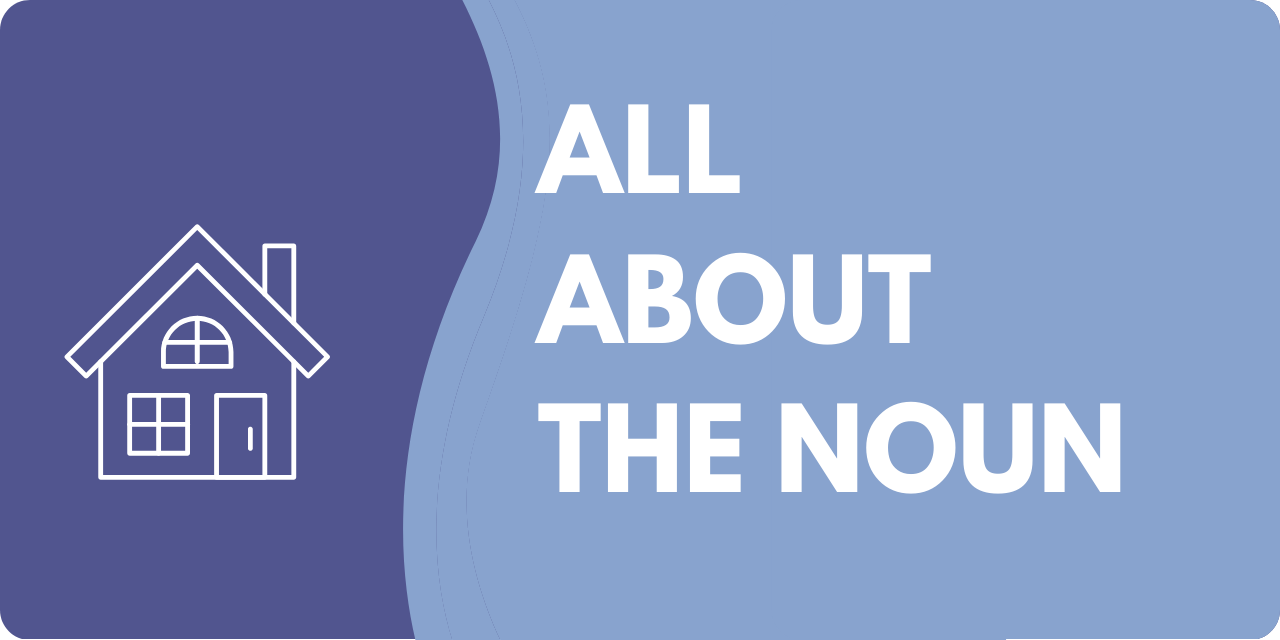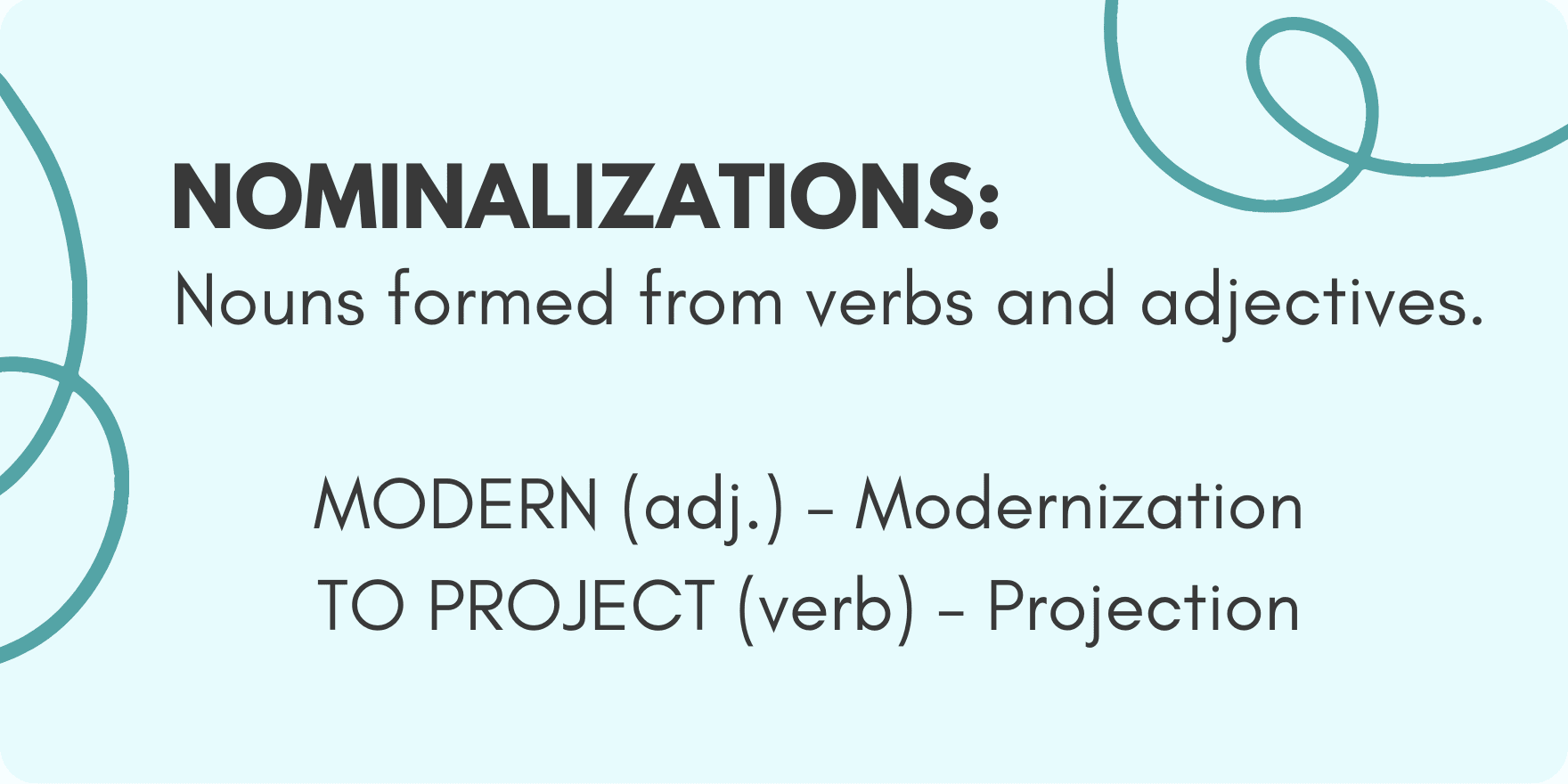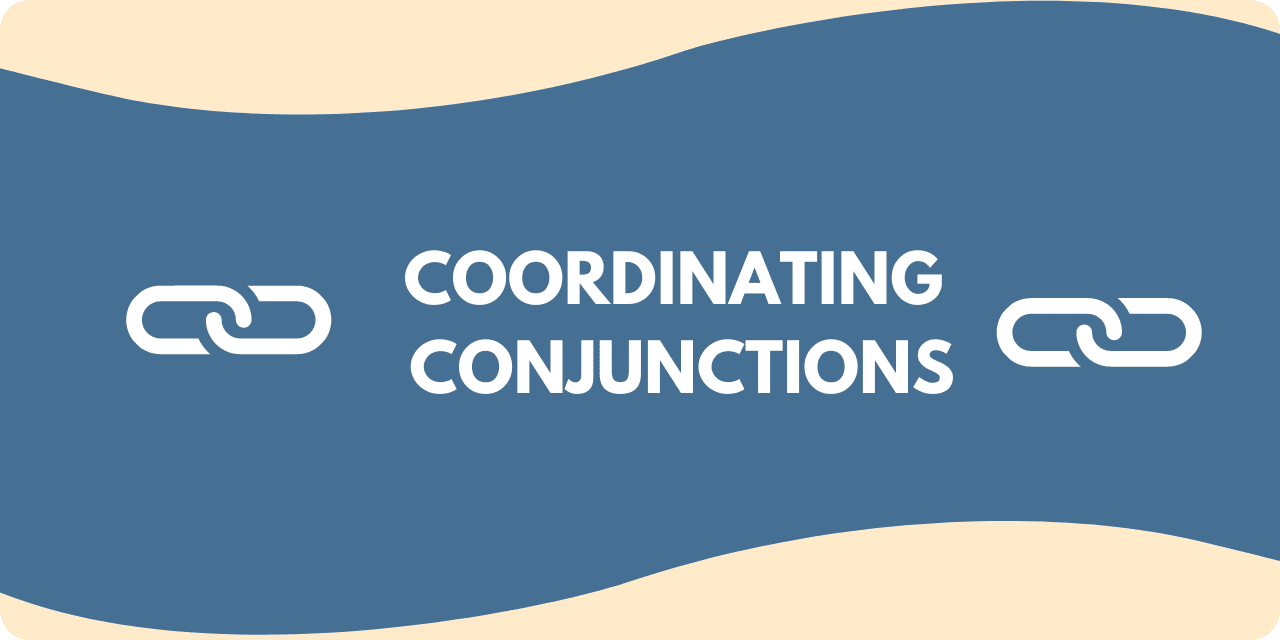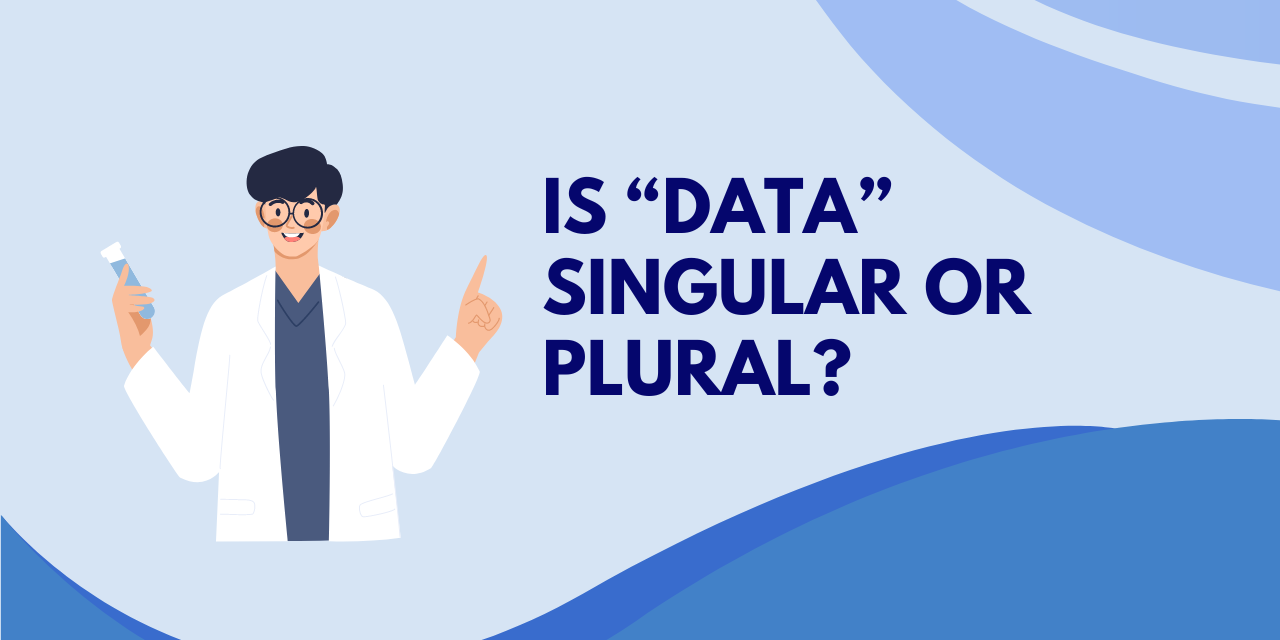Subordinating conjunctions can be made up of words or phrases. Their job is to connect a dependent clause with an independent clause. A subordinating conjunction shows that a clause has informational value to add to the main idea of the sentence. It can indicate a shift in setting (time or place) between the two clauses. It can also show a cause-and-effect relationship between the clauses.
That might sound complex, but don’t worry! We’ll break it down.
A dependent or subordinate clause has two specific qualities.
- A dependent clause cannot stand alone as a sentence because it doesn’t express a complete thought.
- A dependent clause literally depends on an independent clause. An independent clause forms a complete idea and can stand on its own as a sentence. To be part of a sentence, a dependent clause must be joined with an independent clause. Think of it this way: If dependent and independent clauses were Batman and Robin, then the dependent or subordinate clause would be Robin since he’s Batman’s assistant. Therefore, Batman would be the independent or main clause.
Showing Cause and Effect with Subordinating Conjunctions
The simplest subordinating conjunction is the word because. Because is a conjunction that only has one purpose: It shows a cause-and-effect relationship between a subordinate (dependent) clause and a main (independent) clause. A clause starting with because is incomplete on its own:
Because she wouldn’t wear a helmet.
When you read a clause beginning with because on its own, you get the sense that you’re missing something. We’ll add on an independent clause:
She wasn’t allowed to ride her bike anymore.
Here are the two clauses combined in a complex sentence:
She wasn’t allowed to ride her bike anymore because she wouldn’t wear a helmet.
In this example, “She wasn’t allowed to ride her bike any more” is an independent clause. This clause could stand alone as still be a complete sentence. When you have a clause that demonstrates a causal relationship like “because she wouldn’t wear a helmet” (answering the question “For what purpose?” or “Why?”), it is often called a clause of purpose.
There are several other conjunctions that show cause-and-effect relationships between clauses in the same way. These include as, because of, for, though, since, due to, hence, provided that, so/so that, and unless.
Since she never showed up to work, she was fired.
He didn’t do his homework; hence he failed the class.
Due to their hard work on the project, it was a huge success.
Subordinating Conjunctions Indicating Relationships of Time or Place
Subordinating conjunctions can also show relationships between clauses that involve a transition of time or space. A few examples of this type of subordinating conjunction include when, while, once, whenever, wherever, where, after, and before.
Once they studied the entire chapter, they felt prepared for the test.
She looked sadly at her old house whenever she passed it on her way to work.
After he was done cooking dinner, he sat down at the table to enjoy the meal.
Before I go on vacation, I should save up some money.
Comma Placement and Subordinating Conjunctions
In general, subordinating conjunctions in the middle of a sentence aren’t preceded by a comma. However, the opposite is true for coordinating conjunctions, or words that connect two independent clauses (and, or, nor, for, but, so, and yet). When a subordinate clause starts a sentence, the whole clause (but not the subordinating conjunction) is followed by a comma.
Incorrect Comma Placement: Whenever, their parents were out of town, they threw a party.
Correct Comma Placement: Whenever their parents were out of town, they threw a party.
Incorrect: They went to the movies, whenever they could.
Correct: They went to the movies whenever they could.
List of Subordinating Conjunctions
| after | if | that |
| although | in order that | than |
| as | in case | though |
| as if | in the event that | till |
| as long as | lest | unless |
| as much as | now that | until, when |
| as soon as | once | whenever |
| as though | only | where |
| because | only if | whereas |
| before | provided that | wherever |
| by the time | since | whether or not |
| even if | so | while |
| even though | supposing |
Test your subordinating conjunctions understanding here.






